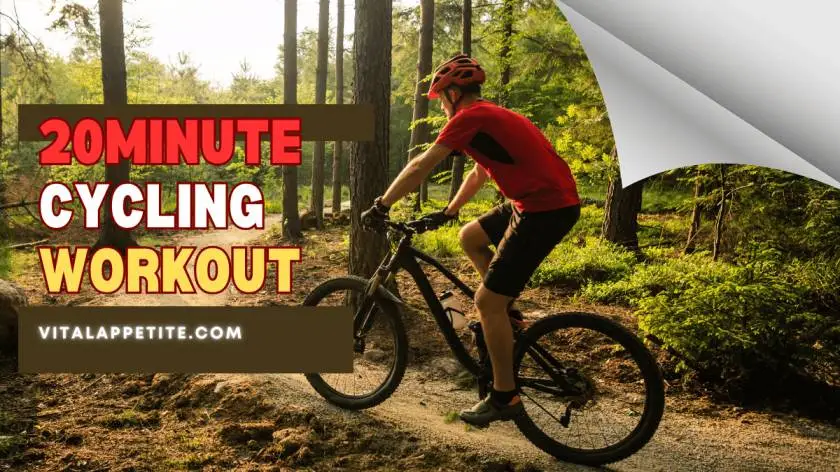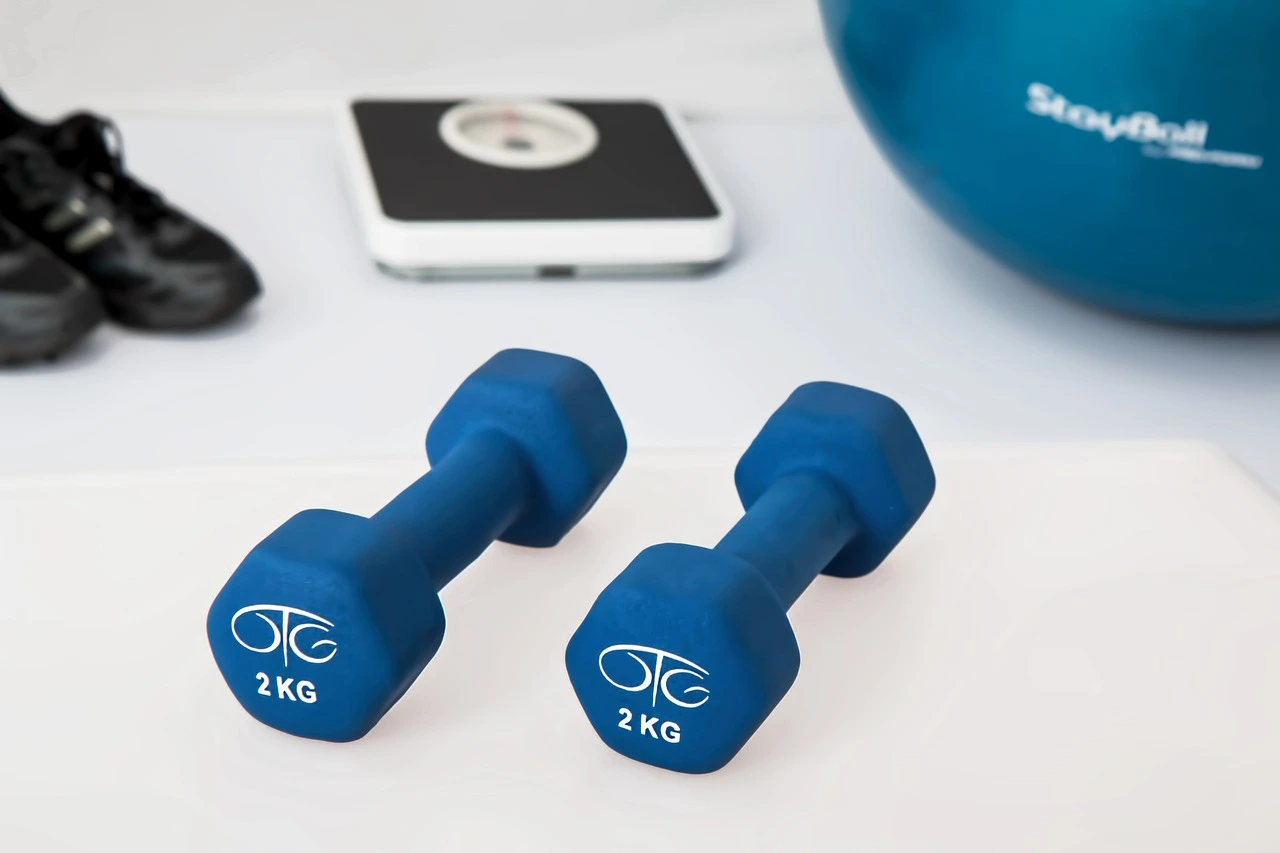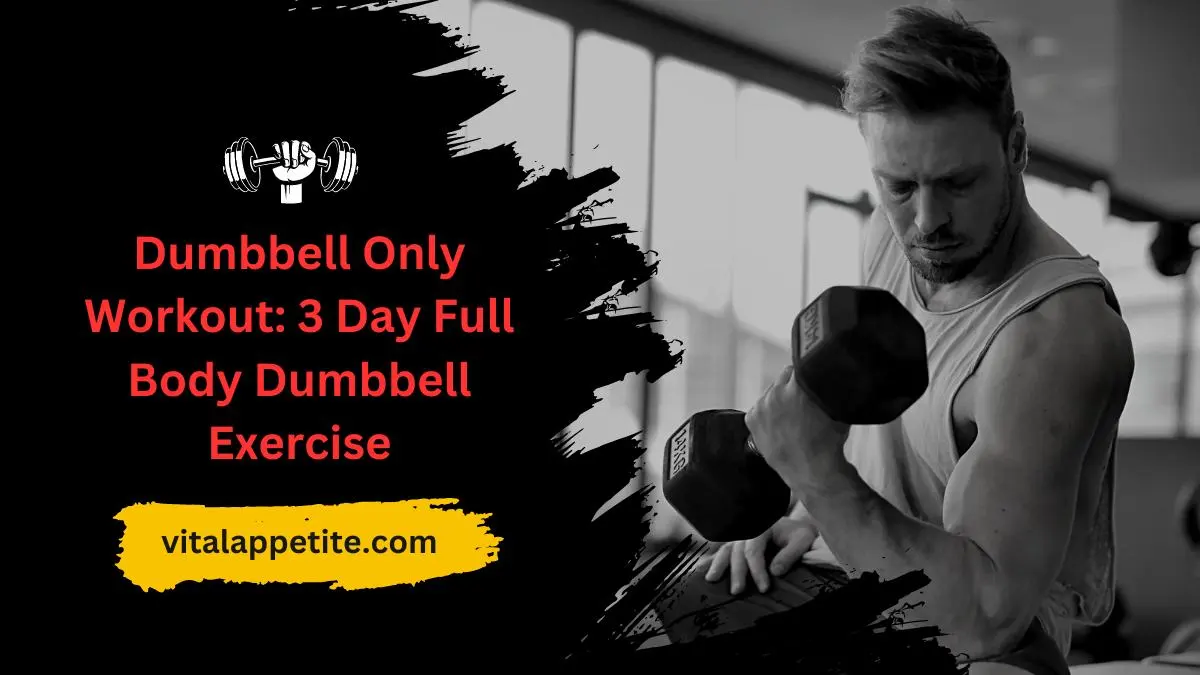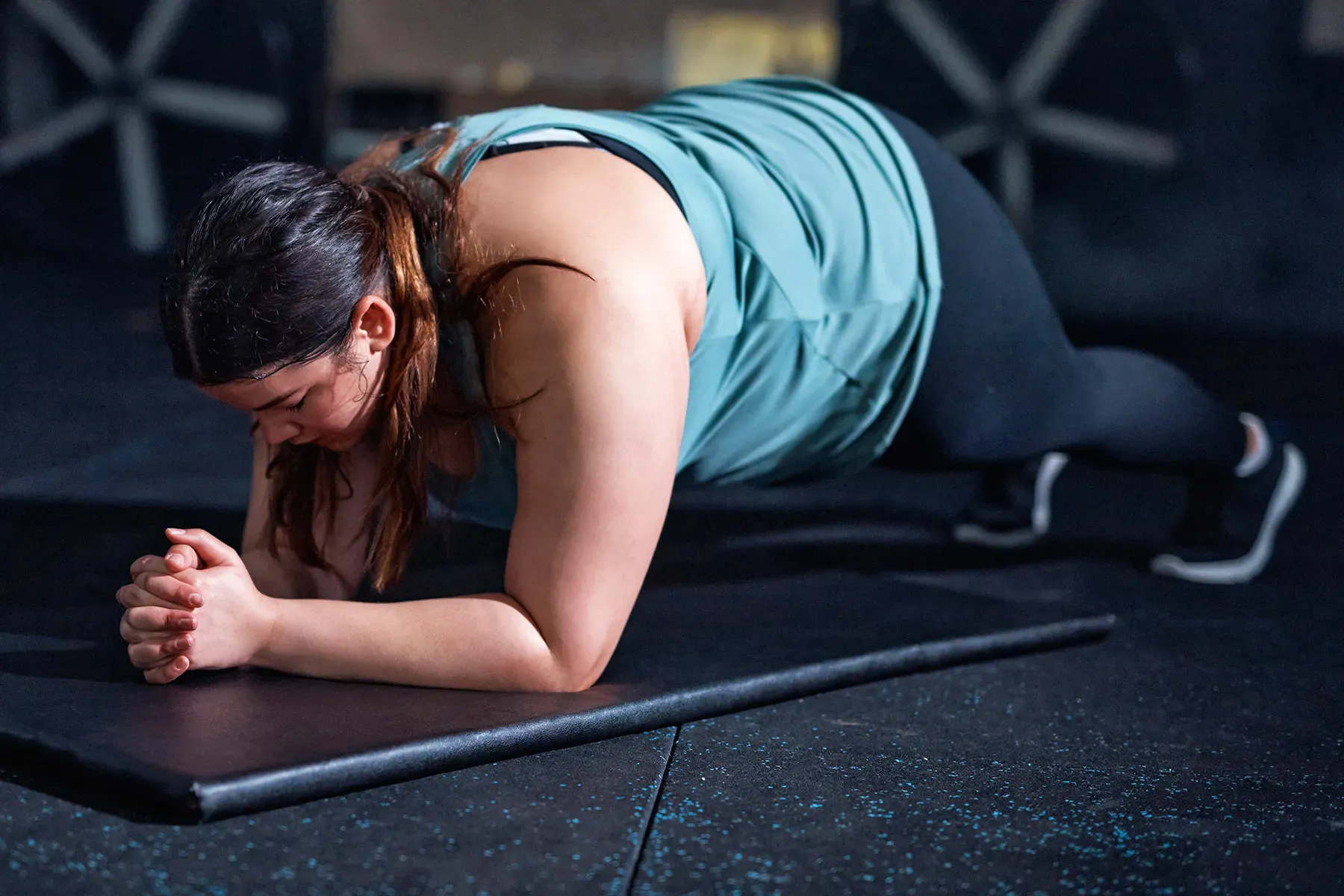I remember standing at the edge of the gym, feeling completely out of place. My knees ached, my back hurt, and I was constantly out of breath. Every time I tried to follow along with workout videos, I’d end up sore or discouraged. I just wanted to move my body—without hurting myself.
That’s when I discovered the world of low-impact exercises for overweight beginners. These simple, gentle movements changed my life. They helped me build strength, improve my stamina, and feel more confident—without pain or injury.
If you’re just getting started like I was, this guide is for you. I’ll walk you through the exact steps I took, the exercises that worked, and how I stayed motivated (even on the hard days). You don’t need to be athletic. You just need a body and a little hope.
What Are Low-Impact Exercises
When I first started, I had no idea what the term low-impact meant. I thought it just meant “easy.” But here’s what I learned from certified trainers:
Low-impact exercises are movements that are gentle on your joints, especially your knees, ankles, hips, and back. They avoid jumping or pounding motions that can cause strain or injury.
These exercises may not feel flashy—but they work. And for someone like me, who needed to protect my body while still building endurance, they were a game-changer.
Examples include:
- Walking
- Swimming
- Stationary biking
- Chair exercises
- Water aerobics
- Tai Chi
- Gentle yoga
Read also: Hiit Workouts For Fat Burning
Why Low-Impact Is Perfect for Beginners
When you’re carrying extra weight, even basic movements can feel like a challenge. I used to get winded just walking to the mailbox.
Low-impact workouts helped me:
- Avoid joint pain
- Prevent injuries
- Stay consistent
- Build confidence
- Actually enjoy movement
I wasn’t just exercising—I was healing my body and rebuilding my self-esteem.
My Favorite Low-Impact Exercises for Overweight Beginners
Let me break down the low-impact exercises for overweight beginners that truly worked for me.
Walking at Your Own Pace (Great for Obese Beginners)
I started with 5 minutes a day. That’s it. No speed walking, no treadmill needed. Just walking around my block.
Tips:
- Use good shoes
- Keep your spine tall
- Swing your arms gently
- Increase by 1 minute a day
Now I can walk 45 minutes without pain. It all started with baby steps.
Chair Exercises for Overweight People
I didn’t have the stamina to stand long in the beginning. Chair workouts saved me.
Try these moves:
- Seated marches
- Arm circles
- Leg lifts
- Seated punches
You can follow free videos on YouTube. Just search chair exercises for obese beginners. That’s how I found mine.
Gentle Yoga for Bigger Bodies
I was afraid to try yoga because I thought it was only for flexible people. I was wrong.
What helped me:
- Starting with beginner yoga for plus-size people
- Using props (pillows, blocks)
- Being patient with myself
Now I use yoga to stretch, breathe, and relax. No fancy poses needed.
Water Aerobics – My Favorite Low-Stress Workout
When I got into the pool, everything changed. The water made me feel light.
Water supports up to 90% of your body weight,” says Dr. Eliza Cheng, Physical Therapist. “That’s why it’s ideal for overweight beginners.
In the pool, I could:
- Jog in place
- Do jumping jacks (with no impact!)
- March and twist
- Stretch without strain
Stationary Biking with No Pressure
Cycling indoors helped my heart get stronger without hurting my knees.
I started at resistance level 1, pedaling slowly while watching TV. As my legs got stronger, I increased the time and resistance. No pressure. Just progress.
Read also: Cycling Vs Running For Weight Loss Benefits
Safety Tips I Learned the Hard Way
- Warm up for 5 minutes (march in place or swing your arms).
- Use supportive shoes with arch support.
- Stretch after workouts to avoid soreness.
- Listen to your body — if it hurts, stop.
- Hydrate! Even if you're not sweating, drink water.
How to Build a Beginner Workout Routine
You don’t need to work out 7 days a week. I started with three 20-minute sessions a week.
Here’s a simple template:
- Monday: 15-minute walk + stretching
- Wednesday: Chair workout (20 mins)
- Friday: Gentle yoga (30 mins)
As I got stronger, I added more days and mixed it up.
Motivation: What Helped Me Keep Going
- I celebrated tiny wins. (Like walking for 10 minutes straight.)
- I took progress photos—not weight photos, movement photos.
- I followed inspiring plus-size fitness creators online.
- I joined a Facebook group for beginners like me.
- I made it fun! (Dancing counts, all.)
Beginner-Friendly Weekly Exercise Plan
| Day | Activity | Time |
|---|---|---|
| Monday | Walk + Stretch | 20 mins |
| Tuesday | Rest or light yoga | 15 mins |
| Wednesday | Chair workout | 20 mins |
| Thursday | Walk | 15 mins |
| Friday | Yoga or Tai Chi | 30 mins |
| Saturday | Water aerobics (if available) | 45 mins |
| Sunday | Rest or gentle walk | 10 mins |
Expert Opinions on Low-Impact Training
Starting with low-impact exercises helps overweight individuals develop consistency without fear of injury, says Coach Alyssa Green, ACE-Certified Trainer. You don’t need high-intensity to get results. Just movement, daily effort, and patience, says Dr. Kevin Jang, Sports Medicine Specialist.
Real Stories: You’re Not Alone
I wasn’t the only one starting from scratch.
I began with 2-minute chair workouts. Now I can do 30 minutes of water aerobics. I’m down 25 pounds! – Mitali D., 42 Yoga changed my mindset. I learned to love my body, even before the weight came off. – Terrance L., 38
FAQs
What are the best low-impact exercises for beginners?
Walking, chair exercises, yoga, water aerobics, and stationary biking are excellent.
Can I lose weight doing low-impact exercises?
Yes, especially when combined with healthy eating. The key is consistency.
How often should I work out as a beginner?
Start with 2–3 times a week, then slowly increase. Listen to your body.







